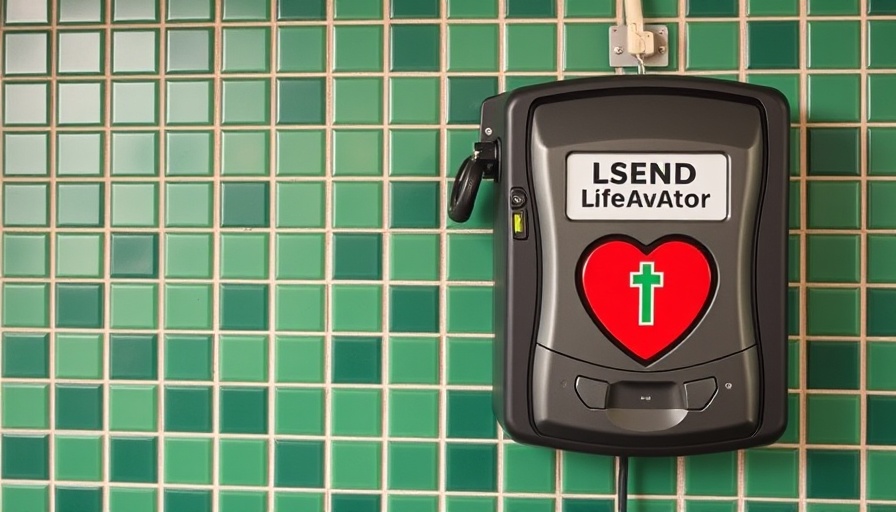
The Critical Role of Bystanders in Cardiac Arrest Cases
Every year, over 350,000 cardiac arrests occur outside hospitals in the United States. Shockingly, about 90% of these individuals do not survive due to a delay in receiving prompt medical attention. It might be a stranger's impromptu action that can mean the difference between life and death. A poignant example unfolded last June when Phil Clough stepped in during a medical emergency at a Buffalo airport. Drawing from his training as an emergency medical responder, he performed cardio pulmonary resuscitation (CPR) on a woman who suddenly collapsed, significantly improving her odds of survival.
The Barrier of Inaccessibility
While having access to life-saving resources like Automated External Defibrillators (AEDs) is crucial, their visibility remains a prominent issue. A recent study highlighted that although AED usage occurred in just 7% of public incidents, CPR was performed 42% of the time. These numbers reflect not only the necessity for training but also the importance of making AEDs more accessible and recognizable in public spaces. Nonprofit organizations like PulsePoint are actively tackling this by creating databases of AED locations, helping communities integrate this life-saving technology into their emergency response protocols.
Empowering Community and Training
Despite the evident need for immediate intervention during cardiac arrest, Pew Research points to a significant gap in training among the public. Many individuals feel unsure about how to respond, often leading to paralysis in emergency situations. However, educational programs and community training initiatives can bridge this knowledge gap. Phil Clough’s story illustrates this; his preparation gives him confidence to act. Community-driven educational campaigns can empower others to follow suit, potentially saving many lives and creating a culture where prompt response becomes the norm.
Conclusion: Act Now and Be Prepared
Understanding CPR and AED usage can transform bystanders into lifesavers. To equip yourself and others, consider enrolling in a local training program or advocating for community awareness around cardiac arrest protocols. Every second matters, and being prepared can significantly increase chances of survival for those in need.
 Add Row
Add Row  Add
Add 




 Add Row
Add Row  Add
Add 



Write A Comment